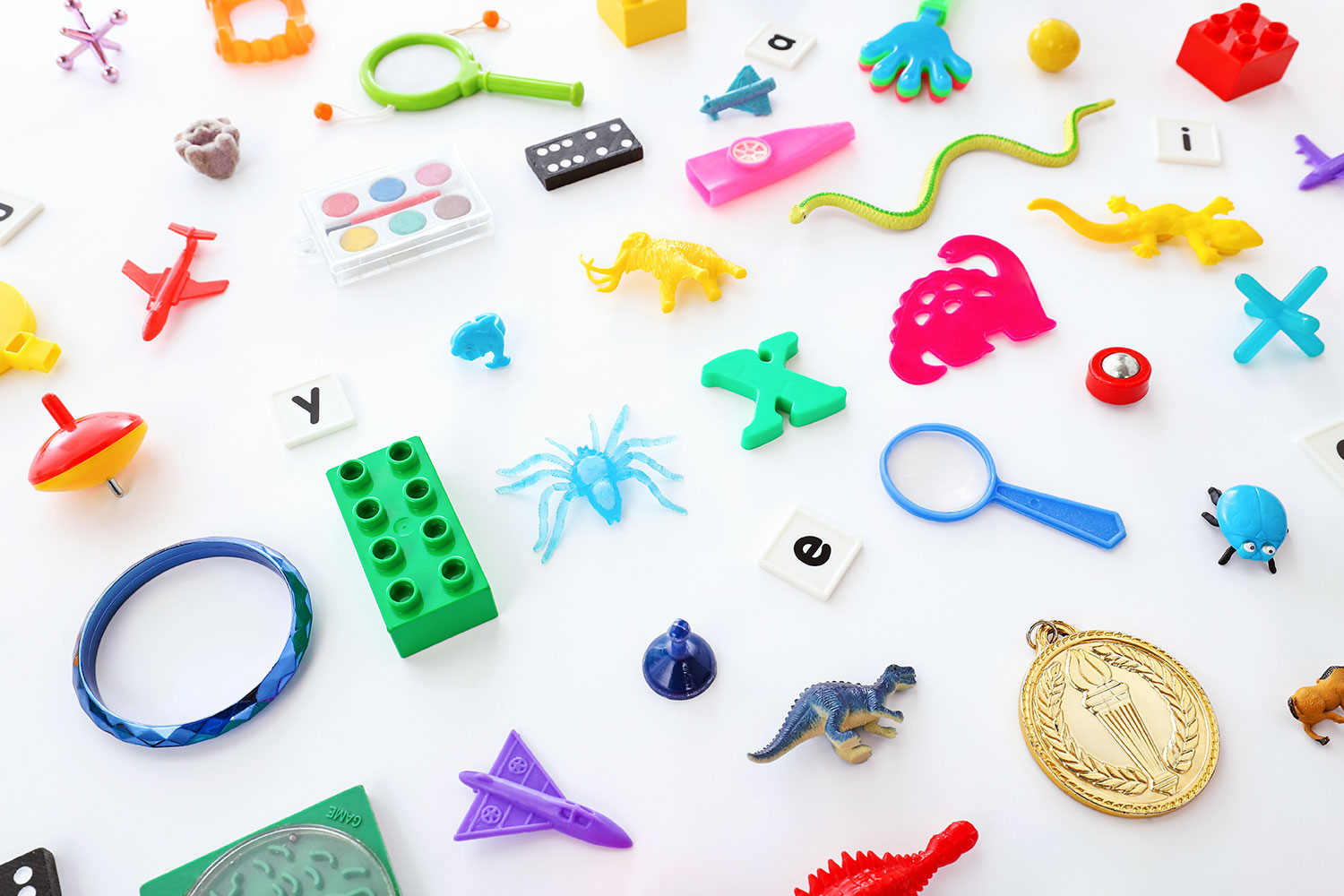Babies, toddlers and young children are at higher risk of choking. They like to put things in their mouths as they explore their world. They can choke if food or small objects get stuck in their throat and block their breathing.
Parents can help prevent choking by keeping small items away from the child and preparing food carefully.
By learning first aid and CPR, parents can recognize when a child is in danger and respond quickly.
Common household choking hazards
Small objects
If an object fits through a cardboard toilet paper roll, it can cause a young child to choke. Common household choking hazards include:
- coins
- balloons
- batteries
- fridge magnets
- beads and buttons
- marbles
- small rubber balls
- bottle caps
- Lego, building blocks and other small toys
- plastic bags
- jewellery, including amber teething necklaces/ bracelets
- clothing tags
- holiday decorations
- puzzle pieces
Safety tips to prevent choking on small objects:

- Keep small items off the floor and away from children.
- Choose toys that are safe for your child by following the age recommendation on the package. See Toy safety – Canada.ca for more information on toy safety.
- Toys for older children are often small or have small parts. Keep these toys away from your infant or toddler.
- Use mylar (foil) balloons as a safer choice. When these balloons break into small pieces, they do not block a child’s airway. A piece of latex balloon can easily block a child’s airways and stop a child from breathing. Make sure to pick up and throw away broken balloon pieces right away.
Foods
Some foods are unsafe for children under four, such as:
- hard or sticky candies
- cough drops
- gum
- popcorn
- marshmallows and gummy candies
- peanuts and other nuts
- seeds and beans
- fish with bones
- Avoid snacks that use toothpicks or skewers at this age.
Other common foods that cause choking
- hot dogs and sausages
- whole grapes
- raw vegetables and fruit chunks
Safety tips to prevent choking on foods:
- Always stay with your child when they are eating.
- Avoid giving hard or gummy candies, nuts or seeds to children under four years of age.
- Cut hot dogs and sausages lengthwise into small strips or dice them.
- Cut grapes and grape tomatoes into quarters (four pieces).
- Grate or thinly slice/chop raw vegetables or hard fruit, such as carrots and apples.
- Do not give your child gel candies.
- Remove the pits from fruit.
- Chop foods with fibrous or stringy textures, such as celery or pineapple, into small pieces.
- Spread nut or seed butters thinly on crackers or toast (not soft bread).
- Serve boneless fish or remove bones before serving.
- Ensure your child is sitting upright and not lying down, walking, or running.
- Avoid eating while in a moving vehicle. Your child is at risk of choking if the vehicle suddenly stops, and you will be unable to safely help them if you are driving.
- Learn first aid and CPR so you know what to do if choking happens
Did you know?
Water beads can be very dangerous to children if they swallow them or put them in their ears or nose. The beads will swell up inside the body, leading to possibly life-threatening injuries such as intestinal or bowel blockages.
If you suspect that your child has swallowed a water bead, call the Canadian Poison Centre hot line at 1-844-POISON-X.
If water beads are placed in the nose or ear, seek medical intervention.
Water beads should always be stored in an airtight container out of sight and reach of children, especially those under the age of five.
It is recommended that caregivers of children under five avoid having water beads in their household or classroom, even if intended for an older child or adult use.
If your child is choking, this is an emergency.
Call 911 or your local emergency number.
They will send emergency help and tell you what to do until they get there.
References:
Keep your young child safe around the house – Caring for kids


